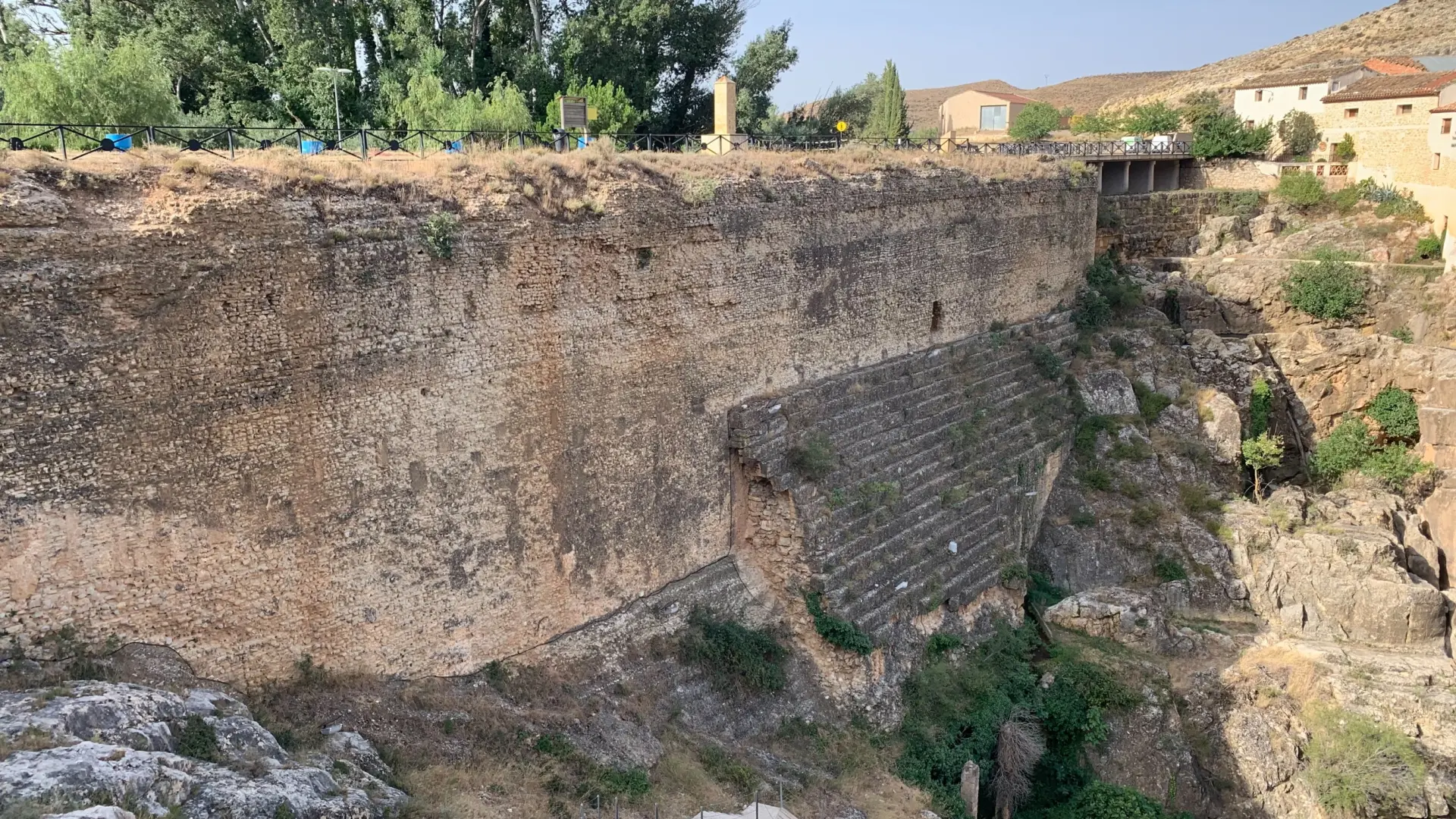The exceptional engineering developed by the ancient Romans is known worldwide. Anyone who has had the opportunity to visit one of these constructions – such as the Colosseum or the Roman Forum, or here in Spain, the aqueduct of Segovia and the Roman theater of Mérida – has ever wondered, how they could then, with the tools of the time, to construct buildings of such magnitude. The answer remains a mystery to most people.
However, the Roman Empire continues to leave its mark on our present history. In fact, one of the best preserved buildings of Roman architecture in Spain has recently been revived: “La Cuba”.
What is ‘La Cuba’?
The Roman dam of Almonacid de la Cuba, popularly known as “La Cuba” is located in Zaragoza (Aragon) and was built in the 1st century, during the reign of the emperors Augustus and Tiberius, and 2,000 years later. has managed to alleviate the effects of the DANA of October 2024 in its municipality.which, although not with the same brutality as in the Valencian Community or Castilla la Mancha, also caused damage in Aragón.
With a height of 34 meters, the Almonacid dam is the highest dam in the world among those built during the Roman period. and the highest documented in the entire Roman Empire. Its structure is 120 meters long and 27 meters wide and was designed mainly for agricultural uses and -to a lesser extent- for urban supply.
This dam was built with masonry stone and lime mortar, extremely resistant materials, which, combined, allow a certain flexibility in the structure. All this, in addition to its sloping design, facilitates the dispersion of the water’s energy, preventing the pressure on the dam from accumulating. and preventing possible fractures.
The history of ‘La Cuba
At first, the dam had a capacity of 6 hm³ and was intended for irrigation of the fields. and the water supply of the inhabitants of the area. However, from the 3rd century onwards, its use began to decline, and the dam was gradually abandoned.
It was not until the Muslim period that it was reused, becoming an azud, a hydraulic structure that diverts water from the river to the irrigation canals.This function has been maintained to the present day. In addition, La Cuba is also an important tourist attraction in the Campo de Belchite region.
Declared an Asset of Cultural Interest (BIC) by the Government of Aragón, the dam attracts thousands of visitors each year, who seek to admire this marvel of antiquity up close. In fact, the City Council of Almonacid de la Cuba has developed a circuit of walkways that allows visitors to surround the monument and contemplate it from different perspectives.
Today Cuba is a legacy that continues to be fundamental in the present, and a symbol of resistance and adaptability that captivates new generations of engineers, architects and citizens who understand that history has much to teach us.


